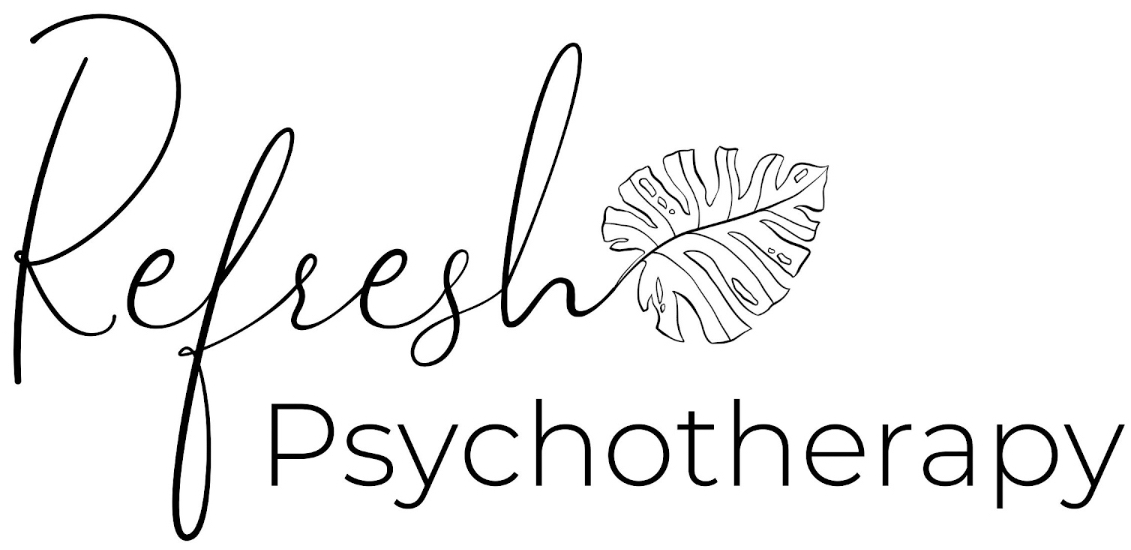
Gaslight Checklist: Subtle Abuse We Often Miss — Red-Flag Behaviors and How to Document Them Safely
Gaslighting has become a widely recognized term, but ironically, its overuse sometimes obscures its true meaning. People use “gaslighting” to describe disagreements, minor lies, and even simple misunderstandings. But real gaslighting is not simply dishonesty—it’s a strategic, ongoing process of emotional manipulation designed to distort your perception of reality, undermine your autonomy, and keep you dependent.
From a clinical perspective, gaslighting is a form of psychological abuse. It often occurs in toxic relationships, including romantic partnerships, families, workplaces, and even friendships. And while it can be overt and cruel, the most damaging forms are often subtle—because subtle gaslighting is harder to prove, harder to name, and harder to escape.
This article is written for those who suspect they may be experiencing gaslighting and want to understand how it operates—and, crucially, how to document it. Whether you’re beginning to question your own memories or are preparing to leave an emotionally abusive situation, documentation is a powerful tool to reclaim your truth and protect your mental health.
What Gaslighting Actually Is—and Isn’t
Gaslighting is not just lying. Lying is a discrete act: someone tells a falsehood to protect themselves or avoid consequences. Gaslighting is more systemic. It involves repeated tactics that lead the target to question their memory, perception, emotions, or even sanity. It’s not just about denying facts—it’s about shifting the ground under your feet so often that you no longer know what to believe.
Gaslighting is particularly damaging because it induces cognitive dissonance—the psychological discomfort that occurs when two beliefs conflict. Over time, the victim is conditioned to resolve that dissonance by adopting the gaslighter’s version of reality rather than trusting their own.
Red-Flag Behaviors That Signal Subtle Gaslighting
While gaslighting can include extreme behaviors like telling blatant lies or insisting you’re mentally unstable, most of it lives in the grey zone. Below are red flags that indicate psychological manipulation may be at play:
- Rewriting History: They insist something didn’t happen—even when you have proof—or claim you’re remembering it wrong.
- Withholding or Stonewalling: They refuse to engage when you bring up concerns and make you feel like you’re the problem for trying to discuss anything at all.
- Minimizing and Dismissing: They respond to your distress with “You’re overreacting,” “You’re being dramatic,” or “It’s not a big deal.”
- Shifting Blame: They always manage to make it your fault, even when their behavior is clearly harmful.
- Using ‘Logic’ to Undermine Emotion: They frame their dismissiveness as rationality and portray your emotional responses as irrational or unintelligent.
- Public Kindness, Private Cruelty: They behave differently in public than in private, making you question your own experience.
- Making You Doubt Neutral Observers: They suggest that friends, therapists, or colleagues are biased against them—or against you.
- Using Your Words Against You: Anything you share vulnerably can be later used to discredit or shame you.
Psychological Impact of Gaslighting
Gaslighting leads to more than momentary confusion—it can result in long-term psychological harm. Clinically, many survivors present with symptoms of:
- Chronic self-doubt and indecisiveness
- Generalized anxiety or panic attack
- Symptoms of complex PTSD\
- Depersonalization (feeling outside one’s body)
- Ruminative thought patterns
- Dysfunctional attachment behaviors
The most insidious effect is internalized gaslighting: believing the gaslighter’s narrative so completely that the survivor begins self-policing their emotions and invalidating their own instincts.
Why Documentation Is So Crucial
The goal of gaslighting is to disrupt your internal compass. The antidote to gaslighting isn’t just leaving the relationship—it’s rebuilding your sense of what’s true.
Documentation can serve several purposes:
- It preserves your version of events.
- It provides a timeline of behaviors that may otherwise blur together.
- It supports your case if legal, HR, or custody issues arise.
- It interrupts the “maybe I imagined it” thought loop that gaslighters rely on to maintain control.
How to Document Gaslighting Behaviors Safely and Effectively
This section offers therapist-recommended, trauma-informed practices for gathering and preserving evidence while protecting your safety and emotional well-being.
1. Keep a Secure Daily Log
Use a password-protected digital journal (or a paper one stored safely) to log:
- Dates and times of incidents
- What was said or done (verbatim, if possible)
- Your emotional and physical reaction
- Any witnesses or evidence
For example:
April 9, 7:45 PM: I told him it bothered me when he ignored my messages. He said, “That never happened—you’re imagining things again.” I felt confused and ashamed. My hands were shaking after the conversation.
This type of record not only validates your experience but also helps identify patterns of behavior over time.
2. Save Screenshots of Messages and Emails
Digital communication can be powerful evidence. Gaslighters may later claim, “I never said that” or “You misunderstood.” Screenshots provide an irrefutable record. Store them in an encrypted folder and back them up to a secure drive.
3. Record Voice Memos (Where Legal)
If legal in your jurisdiction, audio recordings of conversations can help you hear the manipulation more clearly in hindsight. Always check local laws before recording.
4. Ask Clarifying Questions in Writing
When possible, communicate difficult or sensitive issues via text or email rather than in person. This creates a written record of how the gaslighter responds. You can also use reflective questions to elicit clarity:
- “Can you help me understand why you said that I’m ‘too emotional’ when I was describing how I felt?”
- “Just so I’m clear—are you saying that X never happened?”
Even if the responses are vague or dismissive, those patterns become part of the documented behavior.
5. Maintain Emotional Validation Logs
Gaslighters rely on emotional invalidation. Keeping a record of when you felt unseen, dismissed, or manipulated helps you maintain your sense of reality. Include physical sensations (racing heart, stomach tension, etc.) to connect with your body’s wisdom.
6. Share Documentation with a Safe Third Party
Therapists, close friends, or legal advocates can provide affirmation and perspective. In some cases, sharing your logs with a therapist helps establish a clinical record, which can later be helpful for legal purposes or safety planning.
7. Prioritize Digital Safety
Never store documentation on shared devices. Use incognito browsers, secure cloud backups, and password protection. Consider using apps with disguised icons or “panic delete” features if you are concerned about your safety.
8. Use a Code System for Logs if Necessary
If you fear discovery, use a neutral-looking note system with coded language. For example, “Client C” might mean your partner, and “Session 1” might mean a particular fight. Discuss safe methods with your therapist.
Healing Starts with Reclaiming Your Reality
Gaslighting corrodes the basic foundation of mental health: trust in your own mind. But documenting your experience—privately and safely—is the first step to reversing that damage. The act of writing things down, seeing patterns, and validating your truth is healing in itself. It’s not about revenge. It’s about repair.
If you feel confused, ashamed, or unsure whether you’re “overreacting,” that’s the conditioning talking. Trust the version of you who kept track. Trust the instincts that made you start looking into this in the first place.
How Therapy at Refresh Psychotherapy Can Help
At Refresh Psychotherapy, we work with survivors of covert emotional abuse, including gaslighting. We know how isolating and disorienting it can be to constantly second-guess yourself or feel invisible in your own story. Our therapists provide a validating, structured space where you can make sense of what’s happened, restore your confidence, and begin making decisions rooted in your own truth. Whether you’re preparing to leave a harmful dynamic or healing in its aftermath, we’re here to support you in documenting safely, processing deeply, and recovering fully.
Did you experience trauma due to gaslighting? Make an appointment with one of Refresh’s talented therapists at:
Written by: Keeley Teemsma, LCSW, MA
Works Cited
Stark, E. (2007). Coercive Control: How Men Entrap Women in Personal Life. Oxford University Press.
Sweet, P. L. (2019). The Sociology of Gaslighting. American Sociological Review, 84(5), 851–875.
Waldron, J. J. (2012). Gaslighting in Interpersonal Relationships: A Form of Emotional Abuse. Journal of Psychosocial Nursing and Mental Health Services, 50(7), 20–27.
Stern, R. (2007). The Gaslight Effect: How to Spot and Survive the Hidden Manipulation Others Use to Control Your Life. Harmony Books.
